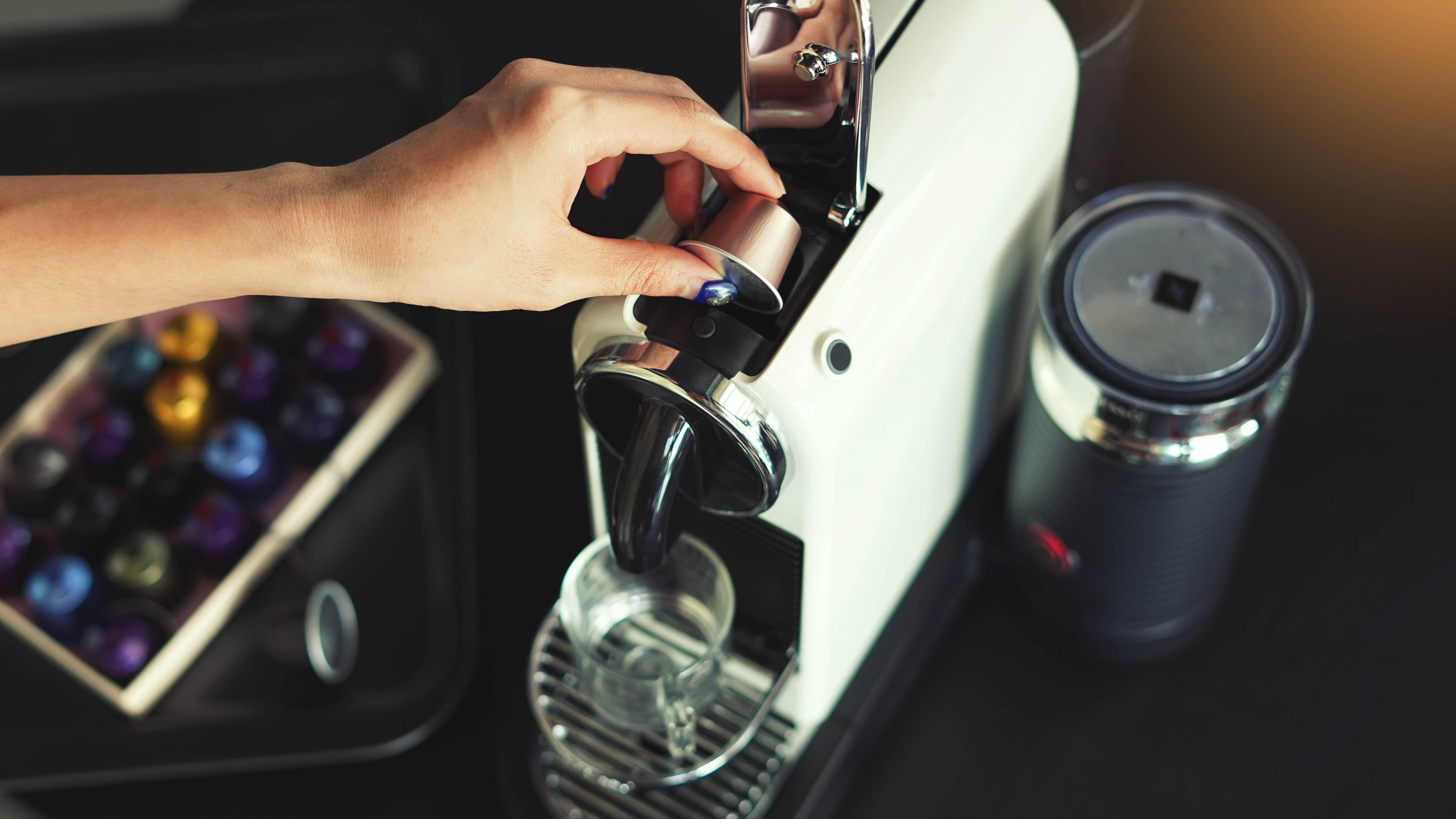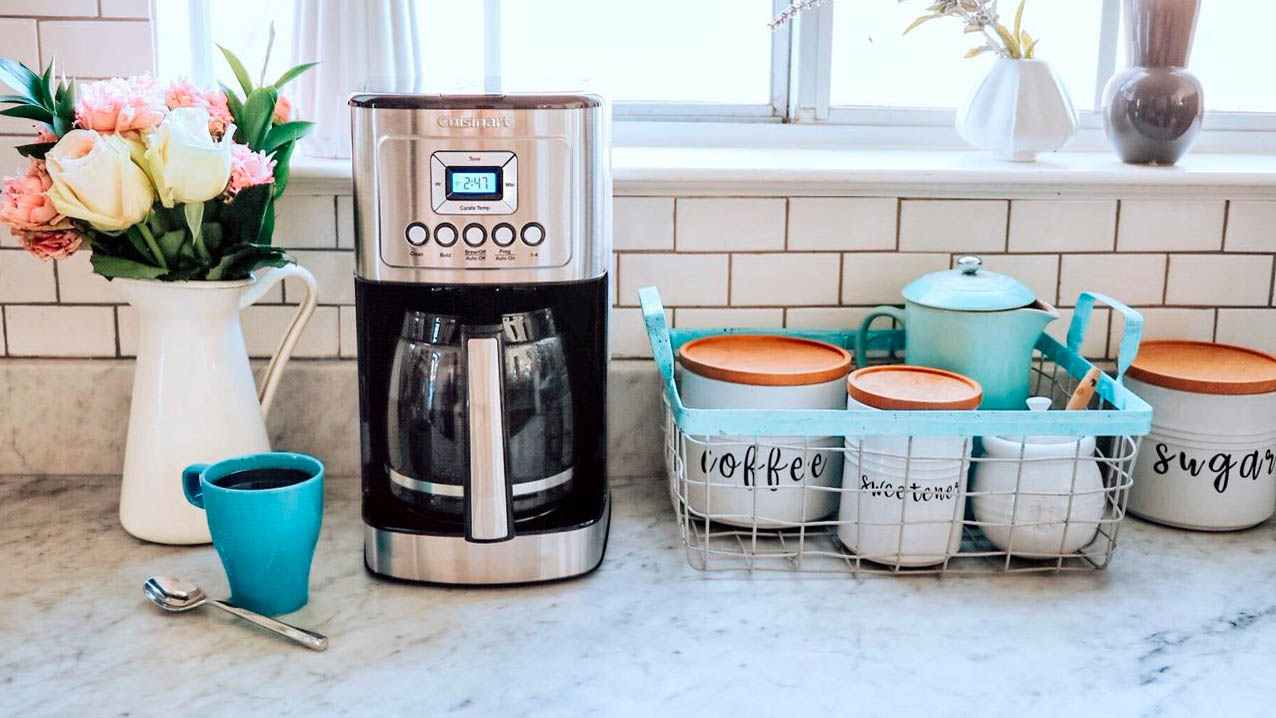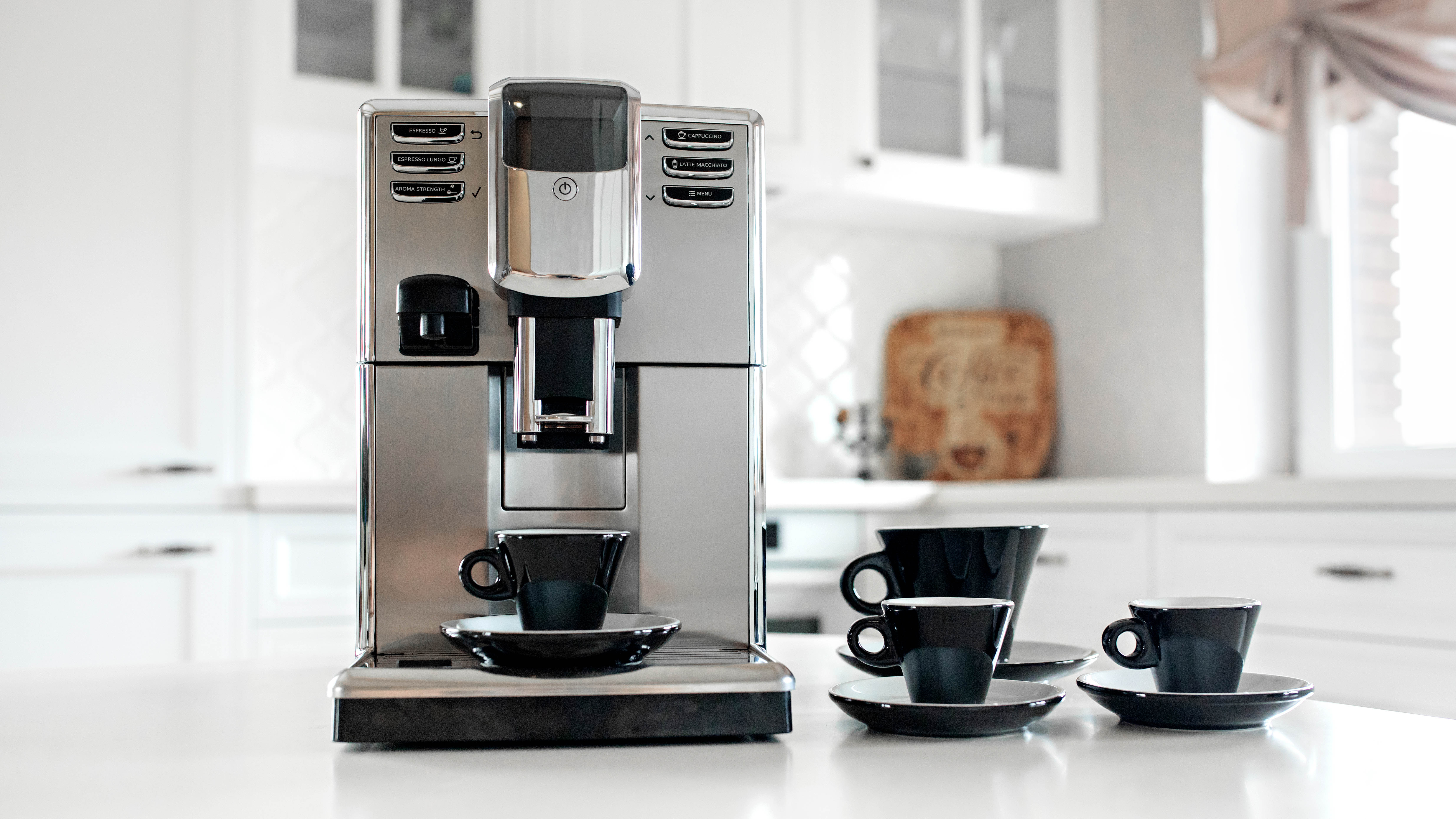Which type of coffee maker should you buy?
Need help deciding which type of coffee maker is best for you? Read this

No kitchen is complete without one of the best coffee makers. Coffee makers are an essential appliance in most households — whether you need a pick-me-up first thing, an iced coffee during the day, or a decaf espresso to follow your dinner, the coffee maker is relied upon time and time again.
Coffee makers are such an expansive market however, that there are several types of machine available. And while they all serve the same purpose, the functionality and final results couldn’t be more different. That’s why it’s important to decide which type of machine is best for you before you begin perusing models.
To help you choose, we’ve pulled together this coffee maker buying guide. Here, we will break down the different types of machines on offer and the pros and cons of each, so you can rest assured that you’re getting the best one for your needs.
Single-serve coffee makers

Reasons to buy:
- Compact to store
- Simple and convenient to use
- Ideal for one person
- Generally affordable
- Capsules provide a range of flavor options
Reasons to skip:
- Can only make one coffee at a time
- Settings and features are limited
- Capsule coffee tends to lack strength
- Capsules are expensive
As the name suggests, single-serve coffee makers are designed to serve single cups of coffee at a time. These are one of the most popular types of coffee maker because of the convenience they provide combined with the affordable price point.
Single-serve coffee makers generally feature a more basic, compact design, which makes them well-suited for crowded countertops. They’re also ideal for single-person use, as they can dispense a cup of coffee fairly rapidly. However, when more than one person uses this kind of machine, time can soon mount up.
Get instant access to breaking news, the hottest reviews, great deals and helpful tips.
These machines will usually accept either ground coffee or capsules and are fairly straightforward to operate — some can produce coffee at the press of a button. Be aware though, that these machines don’t tend to come with a lot of settings or features. A milk frother is rare, but not impossible; for instance the Keurig K-Cafe offers a stainless steel pitcher for heating milk.
Single-serve coffee makers include capsule machines, such as the best Nespresso machines and the best Keurig coffee makers. These machines specifically accept capsules which contain a range of compressed flavored coffee. This generally makes the machines quick and easy to use, although the coffee produced won’t be as strong when compared to alternative coffee machine-types. Capsule machines also tend to be more expensive to fund over time, as capsules are more pricey versus purchasing fresh coffee. Premium brands, such as Nespresso, can cost quite a bit up front as well, but they can reach the temperature and pressure necessary to produce espresso, unlike Keurig.
Our favorite single-serve coffee maker:
Drip coffee makers

Reasons to buy:
- Compact
- Easy and convenient to use
- Holds multiple cups of coffee
- Affordable
Reasons to skip:
- Requires some maintenance
- Less flavor than pour-over coffee
- Only makes one type of coffee
Drip coffee makers will likely be what you picture when you think of a typical coffee maker. These feature a large glass pitcher which slowly fills with coffee as its brewed and filtered. They’re pretty compact and straightforward to use, much like single-serve coffee makers, but these can hold much more coffee — up to 18 cups at a time. Keep-warm settings tend to be available to keep the brew at a steady temperature once it’s ready to drink.
Drip coffee makers produce traditional American-style coffee — if you want espressos, lattes or cappuccinos, steer clear. However, the brew strength and temperature are usually adjustable, so you can cater for your grounds. They’re pretty common wherever you go, be it homes, offices or waiting rooms, because they’re both affordable and ideal if you’re brewing coffee for a crowd. They require more maintenance than single-serve machines because you need to change the filter as well as measure out the coffee, but they’re still pretty straightforward and convenient to use.
When compared to pour-over coffee, drip coffee makers don’t tend to produce as much flavor. However, if you get the temperature and strength settings balanced correctly, a drip coffee maker can still produce a decent cup of joe. They’re best suited to everyday coffee drinkers who often find themselves returning for a top-up during the day.
Our favorite drip coffee maker:
Espresso machines

Reasons to buy:
- Produces espresso and speciality drinks
- Premium flavor and strength of coffee, fresh from bean-to-cup
- Plenty of settings and options
- Aesthetically pleasing
Reasons to skip:
- Takes up some space
- Tends to be expensive
- Takes time to pour
- Requires more maintenance
The best espresso machines are the one to get if you take your coffee seriously and want bespoke, speciality drinks on demand. As given away by the name, these machines can reach a high enough temperature and pressure to produce espresso as well as a range of espresso-based hot drinks, such as cappuccinos, lattes and americanos. On some more advanced models, you can even create your own profiles and recipes for the ultimate flavor.
Espresso machines are much more sizable compared to those we’ve mentioned so far, and tend to come with a higher price tag to reflect this. On top of this, there are different types of espresso machine to peruse. Some complete the whole process at the touch of a button — from grinding the coffee beans, to pouring out a shot. However, others may feature hybrid designs, such as models with a pump handle and ones that require you to tamp the grounds yourself. There are all kinds of options available depending on how much, or how little, you want to take part in the process.
Premium espresso machines come with an abundance of features and settings which are too expansive to list. A milk frother is typically, but not always standard, as is the option to dispense two shots at once. Some even come with smart connectivity, so you can control and monitor the machine from your phone.
Espresso machines tend to take longer to brew than single-serve machines because the process is more intricate. So, if you’re often in a hurry, this type of coffee maker might be one to skip. Depending on the type of machine you choose, more maintenance can be involved as well — those with pump handles in particular will require washing between uses, and the grind size will need adjusting depending on the beans. Having said that, nothing can quite deliver the strength and quality you get with an espresso machine.
Our favorite espresso machine:
Pour-over coffee makers

Reasons to buy:
- More flavorful results vs drip coffee makers
- Automatic machines take away some of the effort
- Manual devices are available if you’re on a budget
Reasons to skip:
- Automatic machines are expensive
- Slow and fiddly process
Pour-over coffee makers look very similar to drip coffee machines and use the same technique of saturating coffee grounds, but there is a fundamental difference between these two methods. Pour-over coffee will give the user much more control over the brewing process — you get to choose the temperature of the water and the rate at which it is applied to the grounds. As a result, your coffee is more flavorful vs coffee produced by a drip machine, but it does take more time and effort.
You can do this manually or via an automated machine — the automatic pour-over coffee makers feature settings which you can customize to an exact degree, from temperature to strength. The water tends to be applied to the coffee using a shower head as well, so it is saturated more evenly.
Pour-over coffee is a gradual process which arguably requires more attention and hands-on time versus any of the other methods. Even if you use an automatic pour-over machine, you still need to adjust the settings and weigh out the exact amount of coffee to achieve the best results.
Automatic pour-over coffee makers tend to be more expensive vs drip coffee makers, however you can buy manual pour-over devices for much less. Just bear in mind that you will need to heat the water to exact degree and apply it yourself with one of these, though one of the best kettles can help in this process.
Our favorite pour-over coffee maker:
For more coffee tips, tricks, and how-tos, check out our guides on how to make pour over coffee, how to clean a Keurig coffee maker and how to descale a Keurig coffee maker.

Katie Mortram used to be a Homes Editor for Tom's Guide, where she oversaw everything from kitchen appliances to gardening tools, as well as smart home tech. Specializing in providing expert advice for cleaning and home manintenance, she now works as Household Advice Editor for Good Housekeeping.
